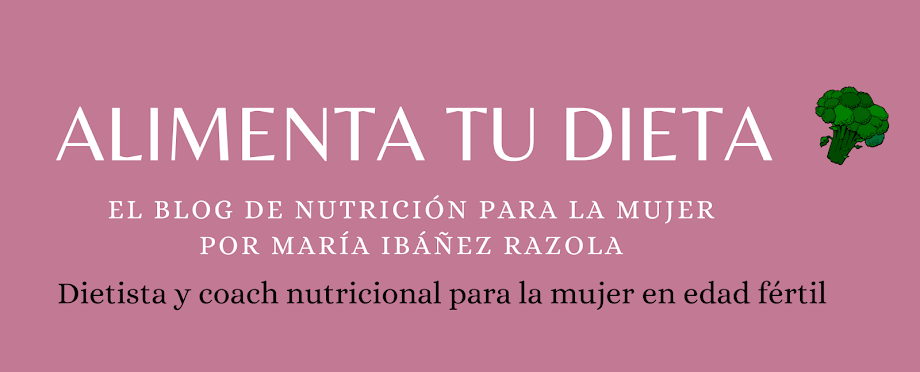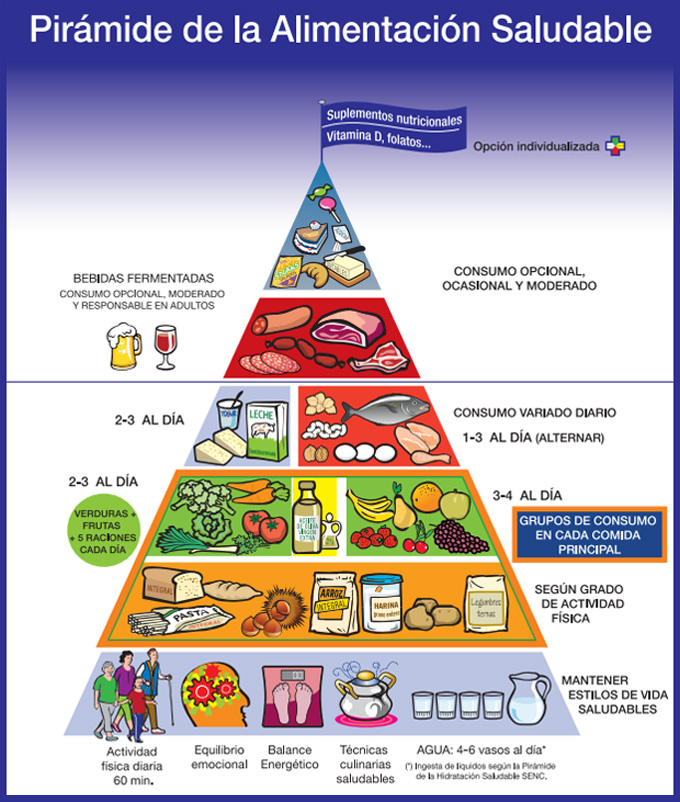The most common concern after a few months of dieting is that you either reach plateau and can´t lose more weight, or you put on weight as soon as you come out of the calorie restriction.
If you are still reading this it is because you have probably experienced this sometime in your life. Or, you are close to someone who complains about this and is on a permanent diet.
What is happening to you? This: You have "damaged" your metabolism. But, you can Fix it!
I have to mention that this information I´m giving you below is a guide to understand how the metabolism can change. However, any diet should always be followed under the Dietician supervision.
Your metabolism has slowed down to preserve energy as it believes that it´s in survival phase and there is no food available.
An example: After getting my BMI and measurements checked I find out that I have 5kg extra of what my healthy weight should be. So, I want to tackle the excess weight as fast as I can so I start a diet while I keep a HIIT/crossfit /cardio training 6 days a week.
The diet is no more than 1300 kcal/day(which is low calorie diet) and I workout with cardio routines. The result is that , in a few weeks I loose 2 kg, however, during the 3rd week I start noticing I can´t loose more than a few grams, already. And I don´t understand how is that possible, as I should be burning off all calories through cardio. So ,I decide to reduce even more the caloric intake to 1100 kcal. But... it doens´t work... I barely loose any weight.... Crazy...
The answer to this situation even if it´s hard to accept it, is that reducing the calories by 50% of what I should eat has damaged my metabolism slowing down the calorie consumption because the body is under huge stress due to excess cardio exercise and very low food intake. The adrenaline levels (stress hormones) set the body into a flight or fight mode when we are cardio junkies and as there is not enough fuel, our perfect machine sets a new lower metabolic rate to preserve energy.Remember that genetically speaking we haven´t changed much since the cave days, and the mechanism is still in favour of keeping instead of loosing.
How to Rise Up again your Metabolism?
First: Stop dieting and Stop doing crazy intense cardio workouts.
To reset metabolism to the rate you should have you should know your daily calorie needs first.
The Dietician will give you your accurate Basal Metabolic Rate and your Daily Recommended Intake:
For example: Daily Intake for 40yo man could be 2000 kcal /day
Step 1:Reverse and Refeed Go back to eating your recommended daily intake for 2 months.For example , if you are on a 1400 kcal diet go back to 2000 kcal . But it will be a well-balanced nutritional plan with the correct macronutrients percentage.
1400kcal--> 2000kcal (maintenance) : 2 months
Do´s and Dont´s:
Don´t increase the calories slowly ,cause this will only delay and drag the process.The faster you go back to maintenance calories the sooner you will pass the healing period.
Don´t go on/off eating your 2000 kcal because you feel guilty one day and the next day you restrict calories again, cause you will delay the process.
Do treat yourself! As long as you follow a healthy nutritious diet 80% of the time, you can allow yourself that junk food the other 20% . By doing this, you will stop demonising and/or treating a chocolate as your enemy and you won´t binge on it.
Do eat plenty of wholefoods, fresh fruits, vegetables, wholemeal pasta, rice, nuts, seeds, olive oil,lean fish,meat,eggs.
Do change the perception of your body and give yourself some love. During this phase you will gain some weight (maybe a few kg), but it is necessary, your body needs that extra fat to be able to get back on track.Change the perception you have of your body appearance and give yourself some love because you are healing!
Regarding Exercise...say YES! to Weight Lifting and NO to Extreme Cardio .If you have been non-stop exercising doing just very high cardio workouts like crossfit/HIIT almost everyday you should Stop now. Stop and change the routine. The key is the more muscle you build the higher your resting metabolism will be in the long term. As opposed to High cardio, which increases metabolism throughout the same day of exercise.
Step 2: Weight Loss with small caloric deficit
Once your body has readjusted it´s metabolism you can start loosing some weight:
The key is to start reducing calories veeery slowly at no more than a 10% deficit.
From 2000kcal--(< 10%) ---->1800 kcal : For 4 weeks or until you reach plateau
Then reduce again a 15-20% for another 2-3 weeks /plateau. -300kcal
1800kcal--(<15-20%)-----> 1500 kcal: 4 weeks or until reach plateau again...what do you then?
Back to maintenance. After 2 months or a second plateau then you should go back to maintenance so your metabolism doesn´t adapt to a lower calorie intake and doesn't go into panic mode (therefore reducing the energy expenditure)
1500 kcal----> 2000 kcal maintenance for 2 weeks. Don´t worry, you will not put on more weight and it will help































